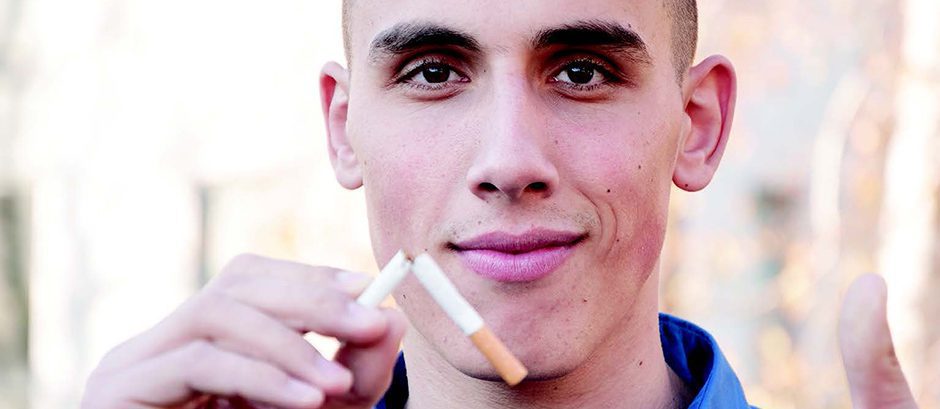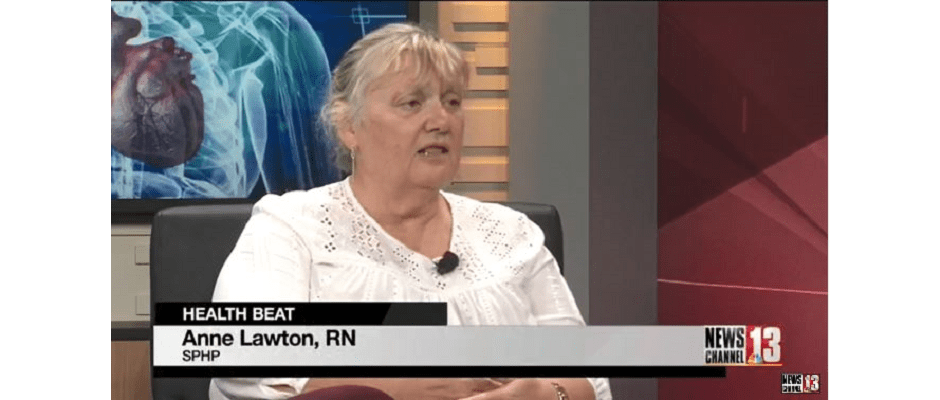
[This piece was written by Sandra Sanderson, MSPT, CLT-LANA, a physical therapist with St. Peter’s Physical Rehabilitation.]
October is Breast Cancer Awareness Month. In some ways, the month is a celebration of the many advances made toward diagnosing and treating breast cancer at its very earliest stages. With these earlier identifications come the expectations for more favorable treatment and survival outcomes.
That said, when a cancer diagnosis is delivered, the individual receiving it often hears nothing but “I have cancer.” Words like these can be overwhelming. It begins a search to gather and develop the most competent team to lead you through this journey.
There are many options when considering breast cancer surgery. Those are for you and your surgical team to examine. Perhaps you have chosen to pursue a lumpectomy or a mastectomy. These procedures might include lymph nodes being removed in the axilla (the armpit), to discover if a cancer has spread elsewhere.
But what happens after a tumor has been removed? Surgical intervention can deliver a whole new set of concerns including:
- Tissue adhesions that can lead to postural changes
- Impaired shoulder function
- Pain and subsequent movement compensations
- Seromas
- Hematomas
- Serratus anterior weakness
- Axillary web syndrome/cording (scarring or connective tissue under the arm that can limit range of motion)
Lymphedema is also a common side effect following breast cancer surgery. It occurs after the lymph nodes have been removed or damaged, impairing normal lymphatic flow in the arm, which causes the arm to swell.
Your plan of care might also include radiation or chemotherapy. If radiation is part of your treatment, there can be temporary tissue adhesions; reduced shoulder and trunk range of motion; inflammatory edema (swelling caused by excess fluid); and pain. You may also experience permanent changes called radiation fibrosis, which is scar tissue that can occur in the breast and chest wall.
If your oncology team decides chemotherapy is warranted, challenges from the treatment can include pain; fatigue; poor tolerance to activity; neuropathy; weakness; and an increased risk of cardiovascular disease.
Regardless of your breast cancer treatment approach, every survivor’s plan for recovery should include treatment for whatever physical changes you may experience. It is imperative to see a physical therapist and certified lymphedema therapist early on to ensure the best results.
A therapist trained in breast cancer rehabilitation can work with you to:
- Address shoulder, complex movement, and soft tissue disorders
- Improve your comfort and function during and following breast reconstruction
- Address effects of radiation
- Reduce fatigue and weakness
- Develop an individualized home exercise program
St. Peter’s Health Partners Patient Therapies has a variety of outpatient physical therapists at locations throughout the Capital District, accepting all insurances and providing quality one-on-one treatment. Our staff works closely with your oncology and/or primary care team to help decrease pain, improve flexibility, and reduce effects of scar tissue adhesions/radiation fibrosis.
If you are seeking treatment for lymphedema, our therapists have received specialized training in manual lymph drainage and compression bandaging. We have the longest operating lymphedema management program in the Capital District.
For information, please call 518-268-5749 or visit us at www.sphp.com/patient-therapies





